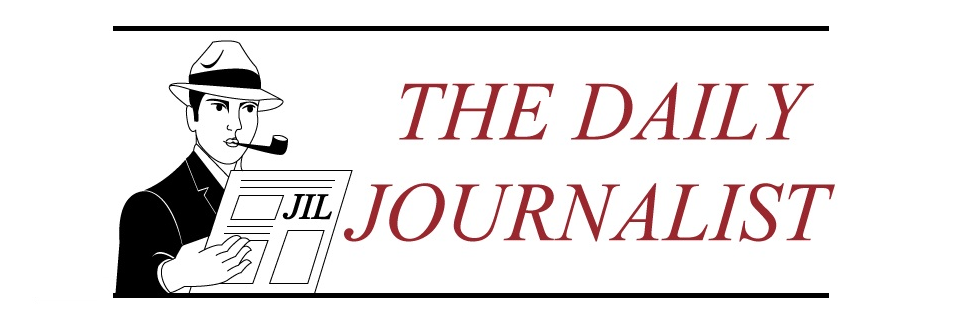By Stuart Reigeluth.
“We are proud of what we have initiated in Europe”, Dominique Ristori, Director-General for DG Energy at the European Commission said at the World Future Energy Summit (WFES) in Abu Dhabi. According to Jacob Werksman, lead European Union negotiator for COP21 in Paris: “the EU has installed 44% of global renewable energy capacity.”
Mr. Ristori made three points about advancing the energy transition: 1) implementing adequate policy and regulations, 2) developing innovation and technologies, and 3) supporting investments in renewable energy and energy efficiency. “Serious governance to reach 20% renewable energy by 2020, and to go beyond that target” remains a leifmotif for European policy-making.
The complexity of having set an overall European average of 30% renewable energy production by 2030, while allowing member states to pursue their own energy mixes, seems counter-productive at first, and rather convoluted, but each country does have its own specificities and some are much more advanced than others. Denmark, for example, has been a global leader in wind mill deployment for years.
renewables are definitely part of the solution”
– Miguel Arias Canete, European Commissioner for Energy and Climate
In the intense lead-up to CoP21 in Paris next December, Ségolène Royal, French Minister for Ecology, Sustainable Development, and Energy, was in Abu Dhabi to declare that France was committed to reaching 32% of renewable energy production for national electricity consumption by 2030, that’s importantly above the EU average.
Europe is moving ahead with interconnecting national grids across the old Continent to create an integrated energy market whereby electricity could flow from wind farms in Germany to solar farms in Spain, but in the meantime, renewables need to be better integrated in to markets, Ristori asserted and said that “storage will represent a crucial dimension of the transition”.
Since the financial crisis in 2008, European investments in renewables dropped by 15%. But Europe is rebounding now: renewable energy jobs have increased by 7.5% between 2000 and 2008; now jobs in the wind sector alone are expected to go from 300,000 (comparable to the steel industry) to half a million by 2020. In 2014, investments in renewables peaked at $270 billion.

Solar thermal plants in southern Spain. Source: Bilfinger SE
Europe is at the avant-garde of such investments. Six out of the top ten global wind manufacturers are from the European Union. The leading role the EU has played at the climate negotiations, particularly in proclaiming its 2030 targets independently, helped put in motion the targets announced by the USA and China at the end of 2014, that in turn have led to $10 million worth of initial contributions to the Green Climate Fund.
According to Green Member of the European Parliament from Luxembourg, Claude Turmes, and President of EUFORES, the “horribly complicated” climate talks are due to geopolitics at first glance, but more due to the nature of the talks: no one really knows how to carry out the energy transition. To paraphrase MEP Turmes: it’s like crossing a river without stepping stones.
MEP Turmes advances a policy trident for developing countries to learn from the European experience, which include: 1) separating grid transmission from plant owners; 2) implementing laws for the minimum energy use for home appliances and buildings; and 3) establishing a renewable energy directive with clearly-set targets. This 3-pronged approach pushes down demand, increases the neutrality of grid operators and increases investor confidence with legislation that reduces risk.
Turmes also emphasized the need for “decentralized power-generation systems” and “cooperative models” whereby “consumers become prosumers”. This is a theme echoed in Jeremy Rifkin’s latest book The Zero Marginal Cost Society (2014) in which commodities are being pushed further down in price until reaching near zero marginal cost, leading new models bases around sharing to emerge.
Small-scale cooperative projects are becoming prevalent in Europe and they are particularly poignant in the developing rural regions that are often disconnected from national grids. This is where solar power comes into play as a game-charger: PV panel prices are dropping and becoming affordable for villages to set-up and share their renewable energy farms.
With 1.5 billion fellow humans without electricity – and we all know that poverty is linked at least in part to electricity access and that disease and hygiene is linked to water cleanliness – the potential for off-grid rural access to energy via renewable is simply massive. As MEP Turmes said: “renewable energy is hope.”


